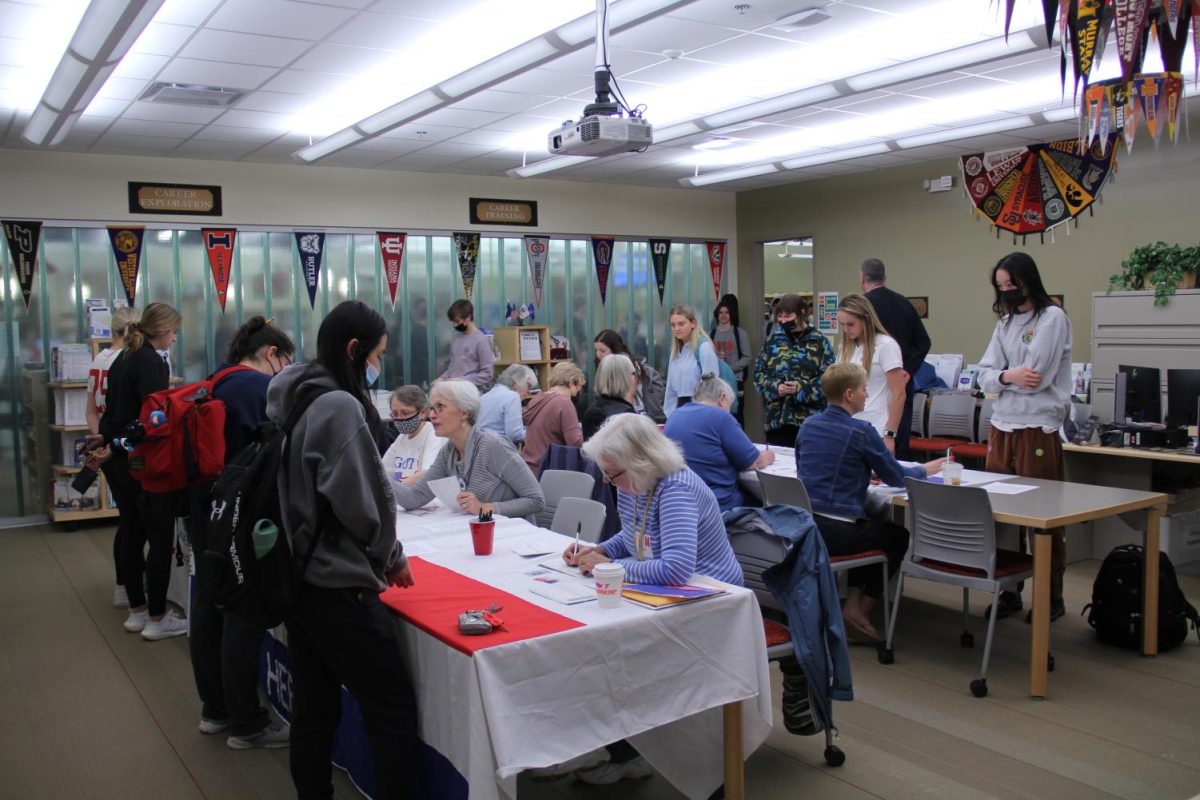The Plague
October 25, 2016
The pages of human history are marked by plague. The Black Death, Smallpox, and the Spanish Flu have carried off more people than any war. But there is another plague that is spanning the globe at this very moment. It didn’t originate in the backwaters of third world countries but rather at the heart of the civilized west. It has been on the rise for the past several decades, and yet it kills almost silently. This modern plague is anxiety and depression, and the host of other mental illnesses that have been affecting more and more of the population.
In an article on Cracked.com, a commentator on popular culture, writer David Wong connects data from suicide rates (which are currently at a thirty year high) and a surge in deaths from drug overdoses, alcohol poisoning, and smoking-caused diseases such as lung cancer to show how our nation’s anxiety problem is getting out of control. All of these forms of death are in some way related to anxiety or depression, even if not directly. People are more likely to drink, smoke, and experiment with drugs if they are unable to cope with the stresses of their lives in a healthy manner.
Just as the plagues of ages past had far reaching consequences beyond the lives lost, this one has as well. The push for the legalization of marijuana can be traced to the multitude of Americans who feel that using the drug is the only way to calm their anxiety.
But why are people so anxious and depressed? In the Cracked article, Wong compares two Gallup polls. In the first, participants are asked if they were satisfied in the direction of society. 70 percent said no, and only a bit more than a quarter said yes. But when the same group of people were asked if they were satisfied with their own lives, an overwhelming 85 percent said that they were.
Let’s look at the biology of anxiety. People are supposed to feel anxious sometimes. It’s what helps us survive. It developed out of a need to feel a need to do something about threats to human survival. For example, when prehistoric man needed food for the winter but didn’t have any, he would feel nervous about it. That feeling would prompt him to go kill a mammoth, and he would be rewarded by the anxiety receding after the threat of starvation was gone. But the modern 24 hour news cycle has been able to hack this thought process through subtle and mostly unintentional psychological manipulation. You’re constantly worried about things that don’t actually affect you, like war in Syria, food shortages in Africa, and corruption in the government. But because you’re a compassionate human being (and the fact that your brain is programmed to perceive all threats as immediate), this news builds up in the back of your mind until you’re feel that the world is a bad, bad place. This is what causes the fight or flight reaction to never turn off in many people’s brains.
Another factor that has contributed to rising mental illness is the drop in the religiosity of people in more developed nations. As suicide rates have skyrocketed most among lower-income white women, practicing Christians were least affected. According to the LA Times, “The women’s church attendance was not the only factor; which church they attended mattered as well. Protestant women who worshiped weekly at church were far less likely to take their own lives than were women who seldom or never attended services. But these same Protestant women were still seven times more likely to die by their own hand than were their devout Catholic sisters.”
People who have direction to their lives and a moral compass that comes from religion see their lives as part of a bigger picture, and are therefore less likely to succumb to suicide. Jews and Christians are also held responsible for their lives with the commandment “thou shalt not kill.”
There’s a cure to this plague, but it involves a serious re evaluation of our culture and personal lives.







